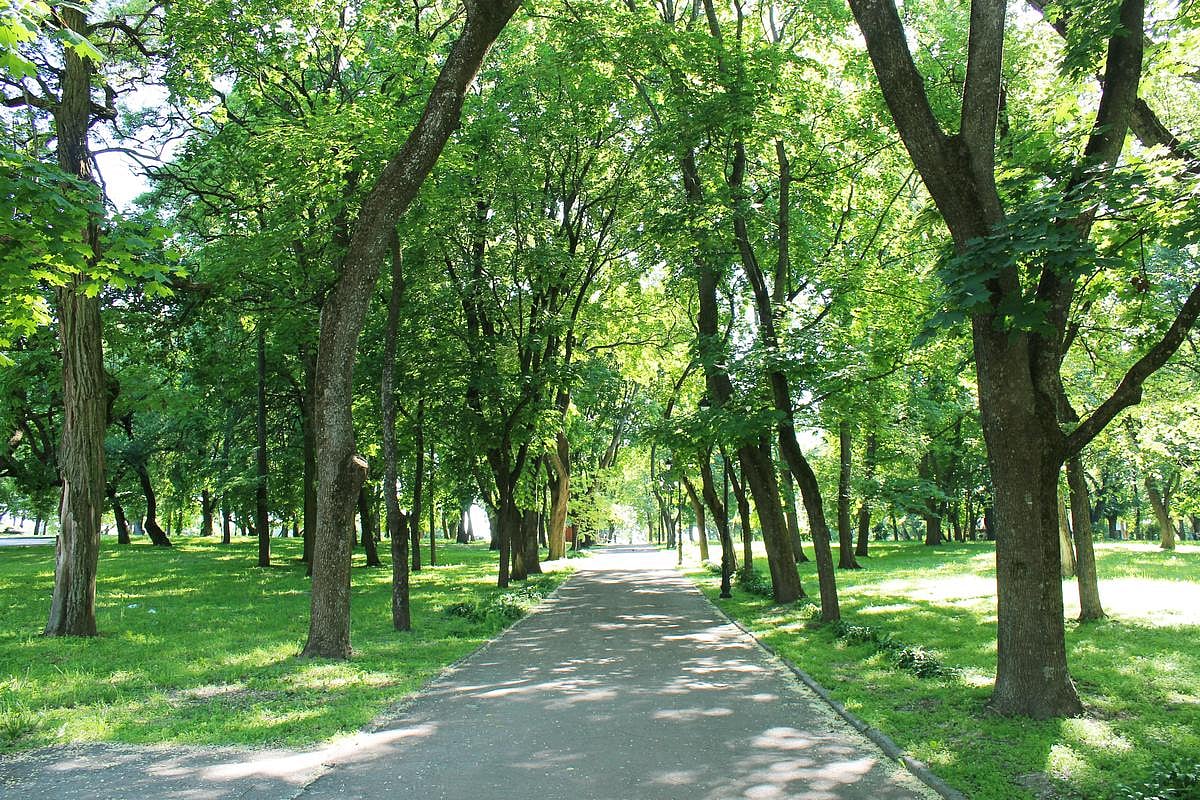Manténgase sano!

- Dennis Thompson
- Posted July 28, 2025
Green Spaces Promote Better Brain Development Among Children, Study Says
Living near lush green spaces appears to reduce a child’s risk of ADHD and autism, even before they are born, a new study says.
Children had lower odds of developing brain development problems if they lived near green spaces as infants, or if their moms did before or during pregnancy, researchers report in the August issue of the journal Environment International.
“Our findings suggest that enhancing green space access in urban environments may support early childhood neurodevelopment and help reduce the burden of neurodevelopmental delays,” senior researcher Dr. Stefania Papatheodorou, an associate professor at the Rutgers University School of Public Health in Piscataway, New Jersey, said in a news release.
Exactly how green spaces might promote healthy brain development in the womb is not fully understood yet, but researchers have their theories.
Green space exposure reduces stress and depression, increases social engagement and lowers exposure to noise and extreme temperatures, all of which could benefit development among young children, they speculated.
For the study, researchers analyzed data on more than 1.8 million mother-child pairs enrolled in Medicaid from multiple states. Green space exposure was measured using satellite imaging and the mothers’ residential Zip codes.
Results show that children of mothers who lived near green spaces had a 34% lower risk of intellectual disabilities and a 17% lower risk of autism.
Kids themselves living near green spaces following their birth had a 19% lower risk of learning disabilities, the study says.
“We observed protective associations between residential green space and several neurodevelopmental outcomes across distinct exposure windows – preconception, prenatal and early childhood – suggesting the involvement of different underlying biological mechanisms,” Papatheodorou said.
The protective effects appeared strongest among children living in urban areas and children of Black or Hispanic families, researchers said.
“Associations were more pronounced among children living in urban areas, suggesting a potentially greater benefit of green space where it is limited,” Papatheodorou said. “Our findings suggest that enhancing green space access in urban environments may support early childhood neurodevelopment and help reduce the burden of neurodevelopmental delays.”
However, researchers noted that the study can’t prove a direct cause-and-effect link between green spaces and healthy brain development. Other factors might influence the kids’ risk for development problems.
Future research will explore the reasons why green space might benefit children’s brain development, and whether different types of green spaces – parks, walking trails, playing fields — produce different benefits, researchers said.
More information
Harvard Medical School has more on how green spaces improve health.
SOURCES: Rutgers University, news release, July 22, 2025; Environment International, August 2025





